Over the past six centuries, all sorts of appliances have been adopted to roast coffee. These days, the tool of choice amongst roasting fiends is a purpose-built coffee roaster machine.
Like other roasting methods, a coffee roaster takes otherwise unexceptional little seeds and turn them into the pulse-poundingly delicious and intoxicatingly aromatic brown bombshells thirsted planetwide. What sets coffee roasting machines apart, though, is how they do it.
Getting to grips with which, as part of the overall coffee roasting process, gives more of a handle on the cup o’ java that comes out.
So in helping to rule the roast, if you will, CoffeeRoast Co. is lifting the lid on how coffee roasters actually work; plus, to keep them up and running, some tips on the TLC they need and deserve.
HOW A COFFEE ROASTING MACHINE WORKS
There’s a trio of stages involved when coffer roasters do their thing:
PREHEATING
Before popping in a single green bean, the coffee roaster is warmed up to somewhere between 392°F and 428°F.
WHY PREHEAT A COFFEE ROASTER?
That way, the temperature inside the roasting compartment becomes the same throughout. So after they do go in, the raw green coffee beans will all receive equal heat. Helping to make even the first few batches of roasted beans more consistent.
Preheating also enables more control over the temperature and the time during roasting.
Not to mention, cutting the odds of getting roast defects where the coffee beans are, say, scorched or baked.
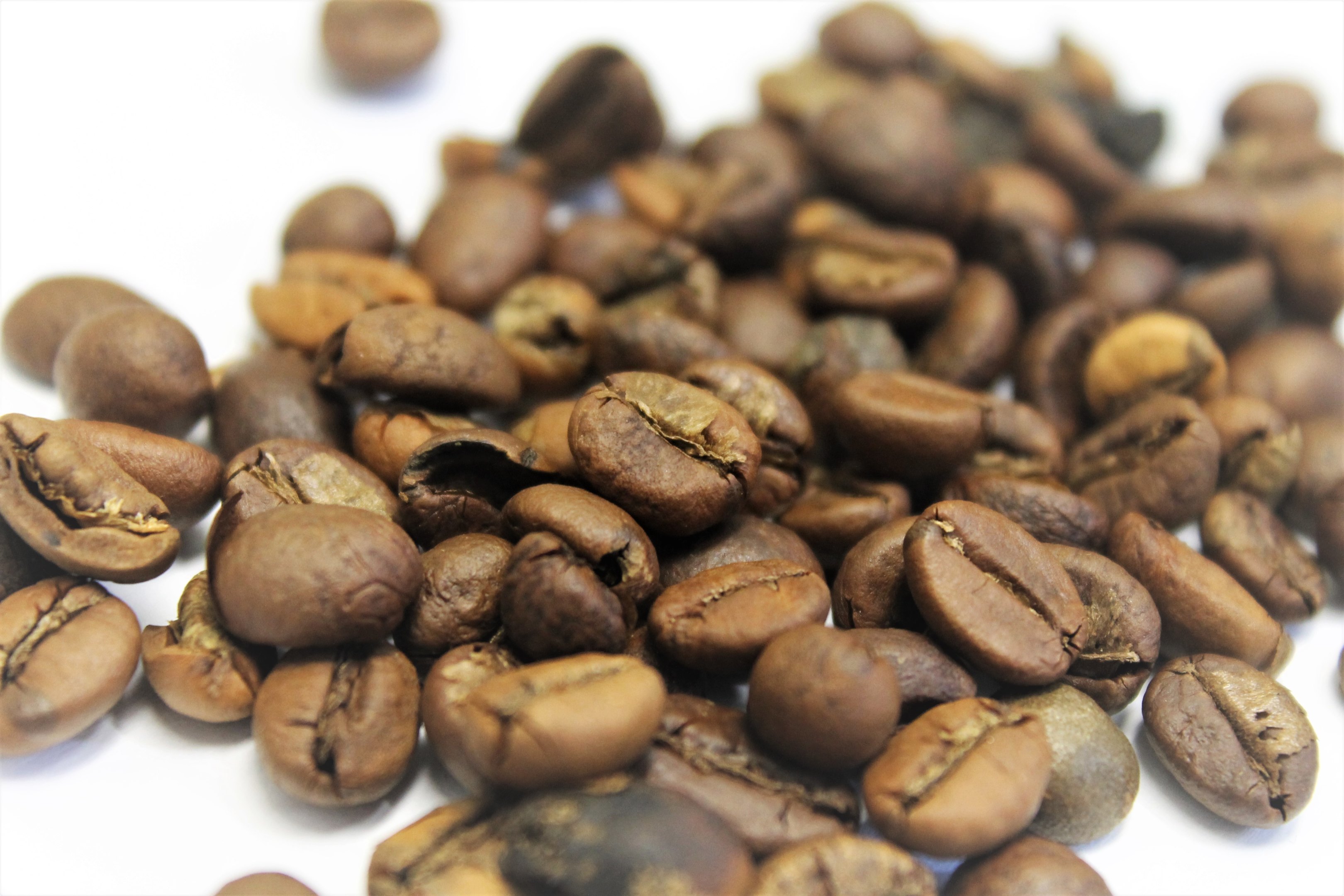
ROASTING
The moment the green beans are piled into the roaster, the temperature’s cranked up and the roasting for real kicks off.
Exactly how the beans are roasted hangs on the type of coffee roaster machine - - the most common ones being:
Fluid Bed Roasters
The more modern, the green coffee beans are plonked inside a roasting chamber. Then, through a screen or plate underneath, blasted with a column of super heated air. Forcing the beans to float upwards where they’re roasted, while being tossed about, almost entirely by the surrounding hot air.
In other words, in an air roaster, the coffee beans are heated by convection. With a touch of radiated heat from the surfaces of the roasting chamber and whenever beans of different temperatures smack into each other.
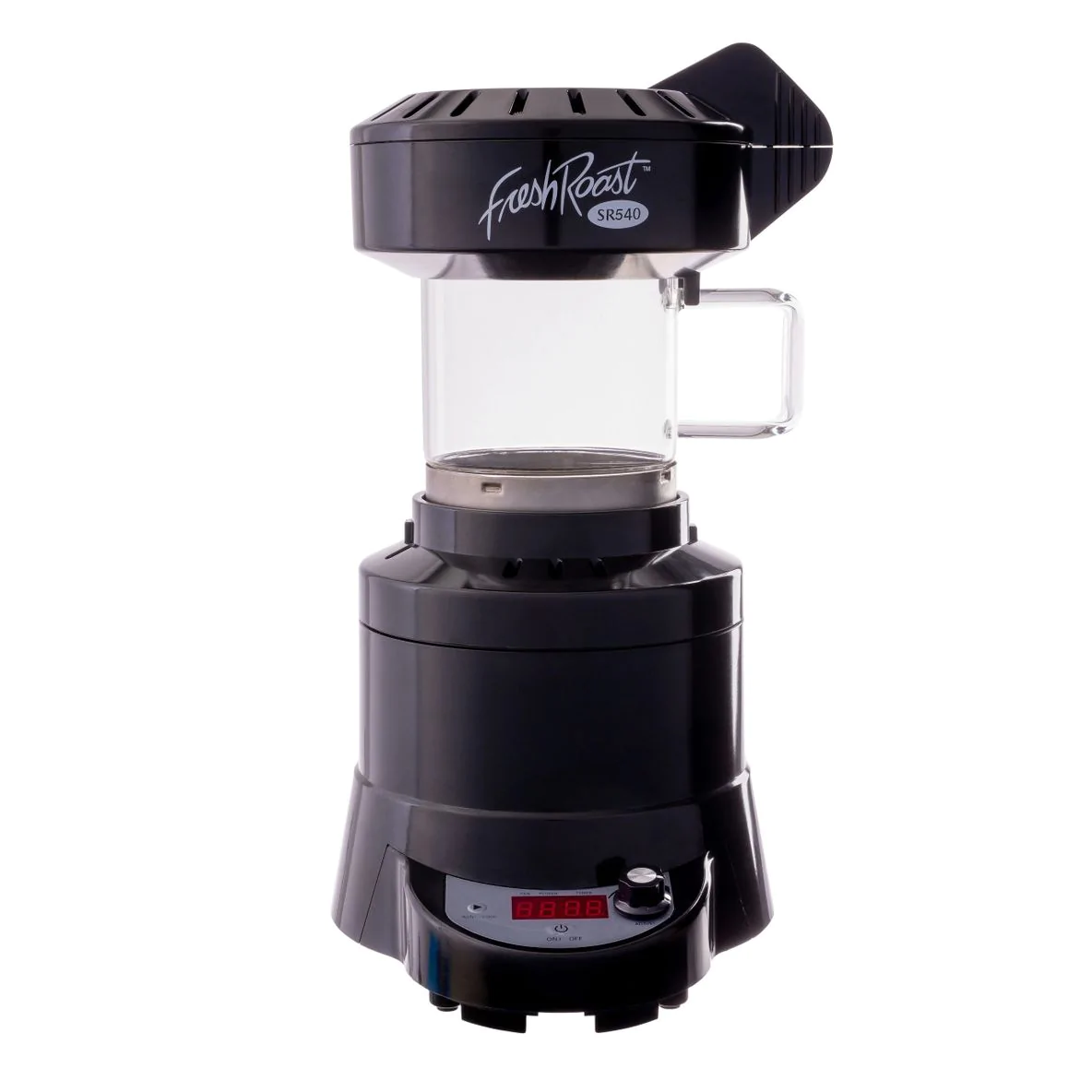
Drum Roasters
The more classic and widespread of the lot, the green beans are dumped into a cylindrical steel drum.
Rotating non-stop, the green coffee beans are churned around inside. As well as being stirred thanks to motor-driven paddles, blades, shovels or such like.
Depending on whether the drum of a drum roaster is solid or perforated, single walled or double, roasting of the beans happens in different ways and by varying amounts.
For one, heat’s transferred to the beans by conduction when they crash into any of the searing metal surfaces of the drum. For another, by convection from the enclosed heated air. Least of all by heat coming off the walls, paddles, or faceplate of the drum and from the other beans.
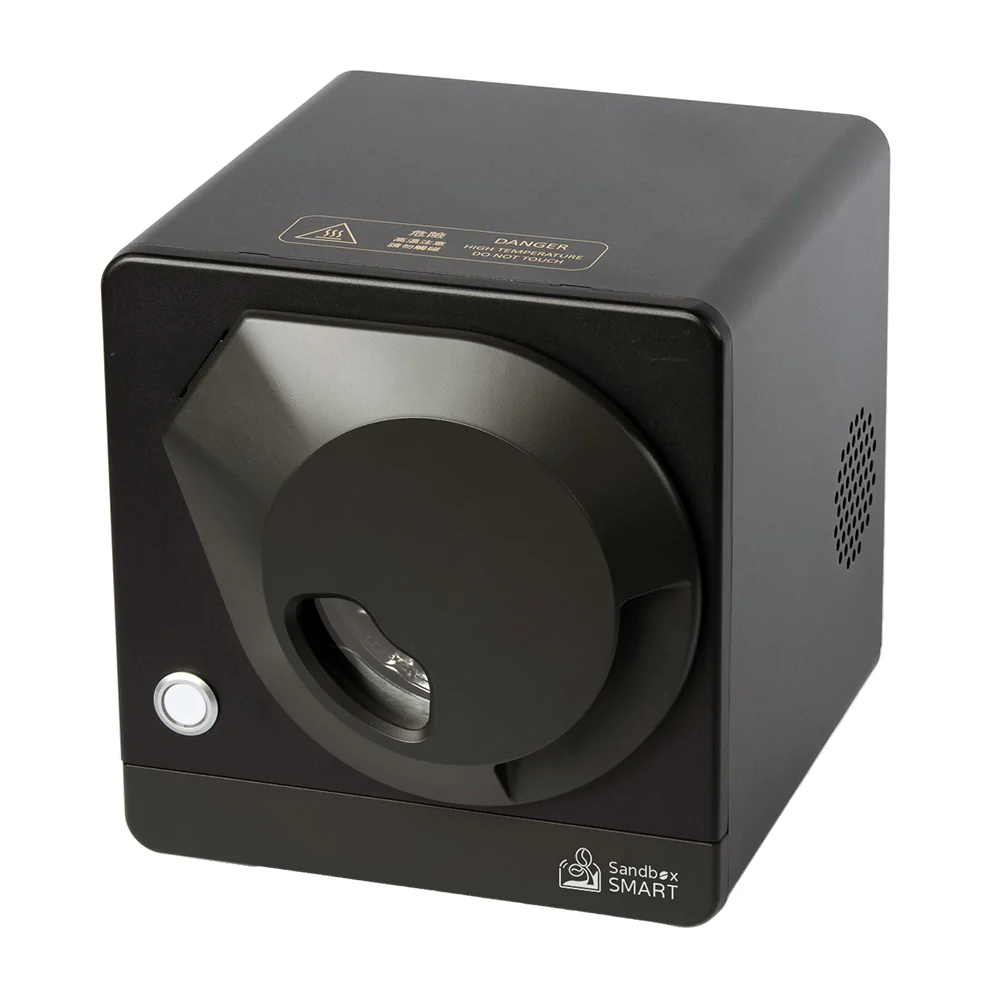
COOLING
Nigh on as important as the roasting action, the newly roasted coffee beans are then cooled. And cooled fast. Or, since by this time the beans are pumping out their own heat, they’ll carry on ’cooking’. Meaning, chances are, the sought-after degree of roast will be lost.
Handily, the average coffee roaster is rigged with some kind of cooling (‘quenching’) system.
Whether in the roasting chamber/drum or a separate cooling tray, the beans are air cooled; either by sucking or fan blowing the heat out of them. On occasions, beans are treated to a short sharp shower of water to speed up the temperature drop.
Often at the same time, mechanical arms keep the beans moving so they chill down all together.
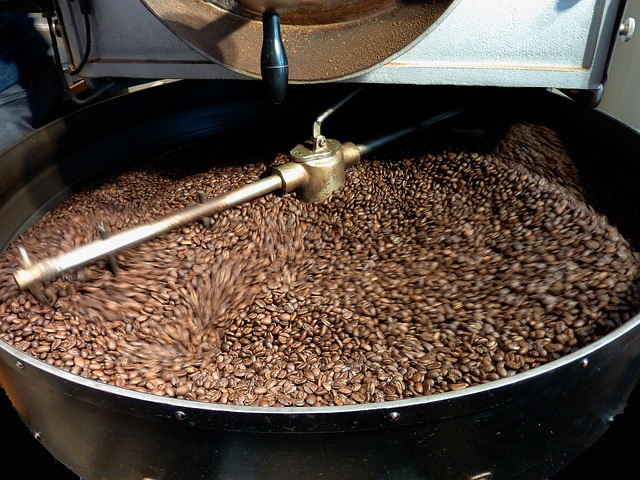
After which, that's when the roaster’s deed is done and the beans just need to be left to breathe (‘degas’). Whereupon, they will be ready for grinding then a freshly roasted cup of brewed coffee; or else stashed in an airtight container to be ground later.
DO’S & DON’TS OF CLEANING & MAINTAINING A COFFEE ROASTER MACHINE
A technological marvel it may be, but using a coffee roasting machine can be a rather mucky and messy affair.
Especially if it’s a commercial roaster (versus a home roaster) with their much bigger batches. And too, because of the escaping coffee bean’s natural oils, if you take your roasts medium-dark or dark.
Sure, many coffee roasters are designed to need minimal care. But that doesn’t mean neglecting them completely. Here’s why:
-
To prolong the machine’s lifespan.
-
To cut the risk of a fire.
-
To lessen the possibility of the machine breaking down.
-
To keep smoke to a minimum for comfort’s sake.
-
To keep knocking out epic roast quality one batch after another.
-
To make for a professional image should the machine be on show in a café or coffee shop.
So how to go about keeping the roaster in tip-top condition? Try these on for size:
DO empty the chaff collector religiously. The bits of silver skin that flake off the beans during roasting are mightily flammable so a safety hazard if not gotten rid of.

DON’T skip tending to every inch of the cooling tray. In particular, using a bristled brush to unclog holes fouled up with crud from the roasting beans.
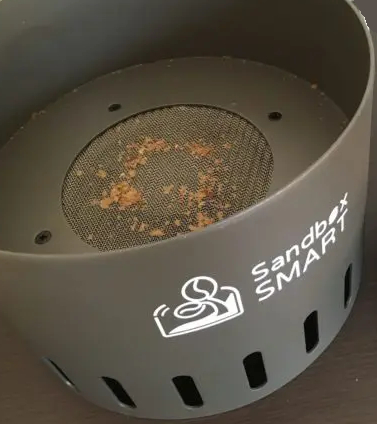
DO the same with the exhaust ducting/piping so airflow to the beans doesn’t get blocked.
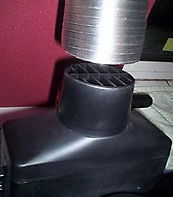
DO damp wipe or, better yet, attach a crevice nozzle to a vacuum and hoover away the likes of smoke deposits and coffee dust.
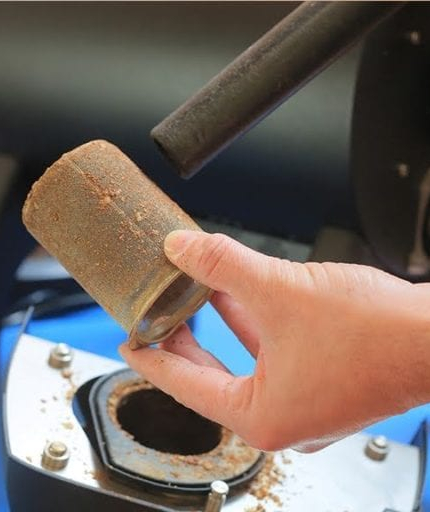
DO scrape off the oils that have built up from the roasting coffee beans. If necessary, shifting caked-on gunk with the help of a chemical spray specially formulated for roasters.
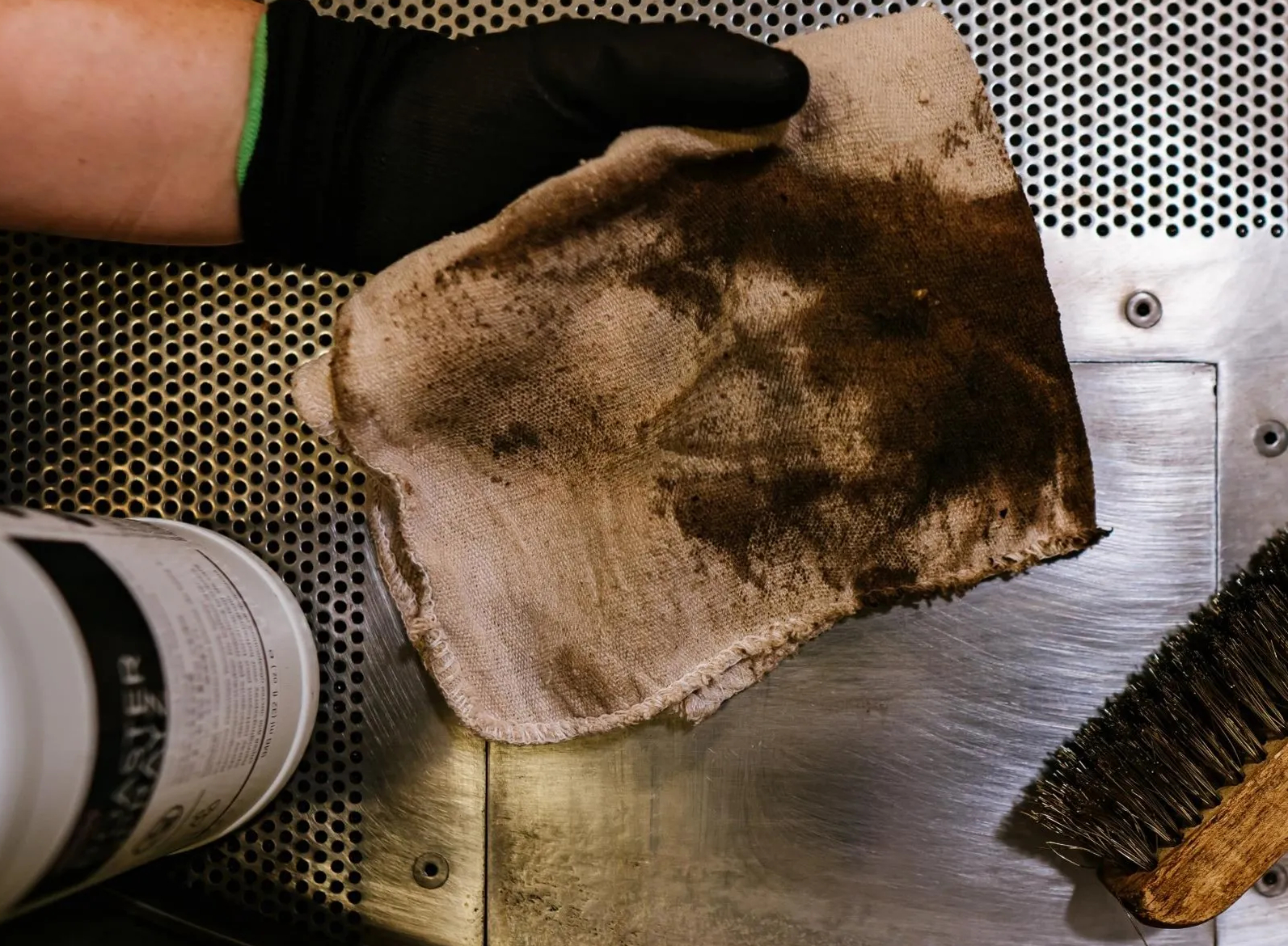
DO prep an upkeep schedule, and stick to it.
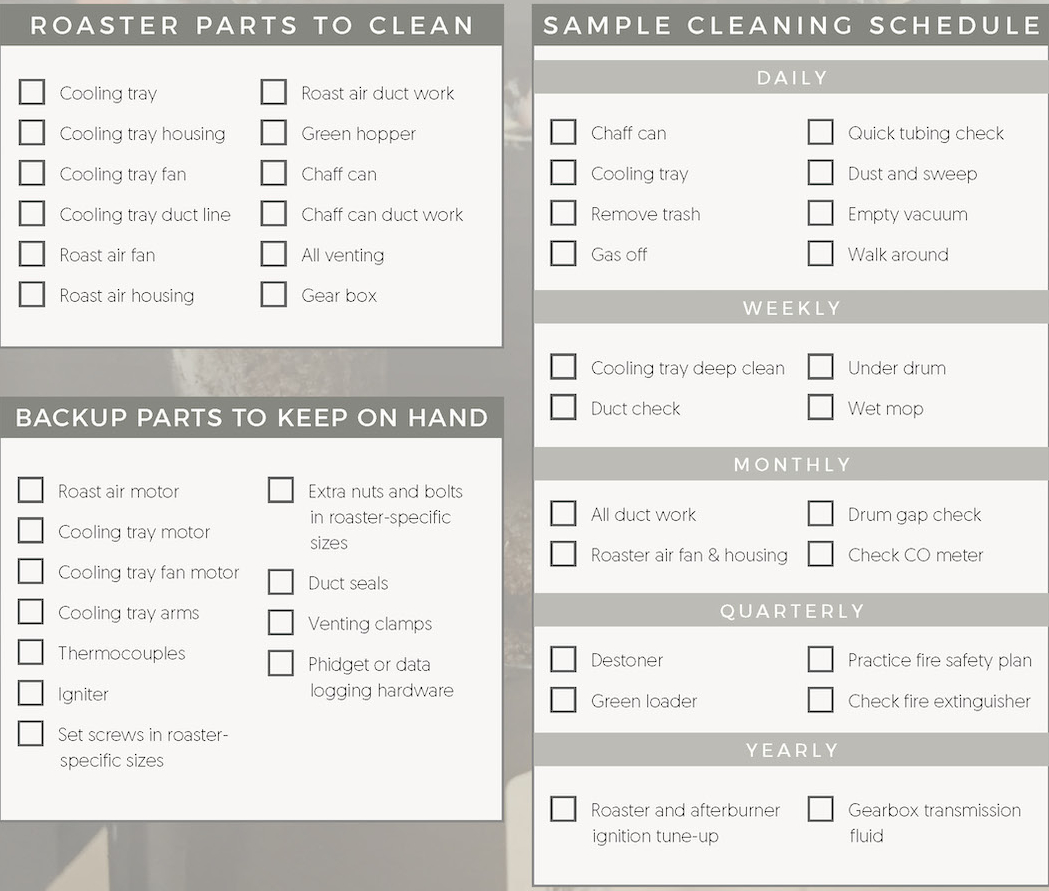
DON’T forget to have the roaster professionally serviced at least once a year.
POWERING DOWN
Understanding even the fundamentals of how coffee roasting machines work their magic is one start to mastering how your final brew turns out.
Keeping in mind too that for the sake of roast quality as well as your health and safety, it pays to clean and maintain the roaster regularly and thoroughly.
With a bit of practice and a lot of passion, you can unlock a world of new flavors and aromas that will enhance your coffee drinking experience and leave you craving for more. So, why not give it a try today?



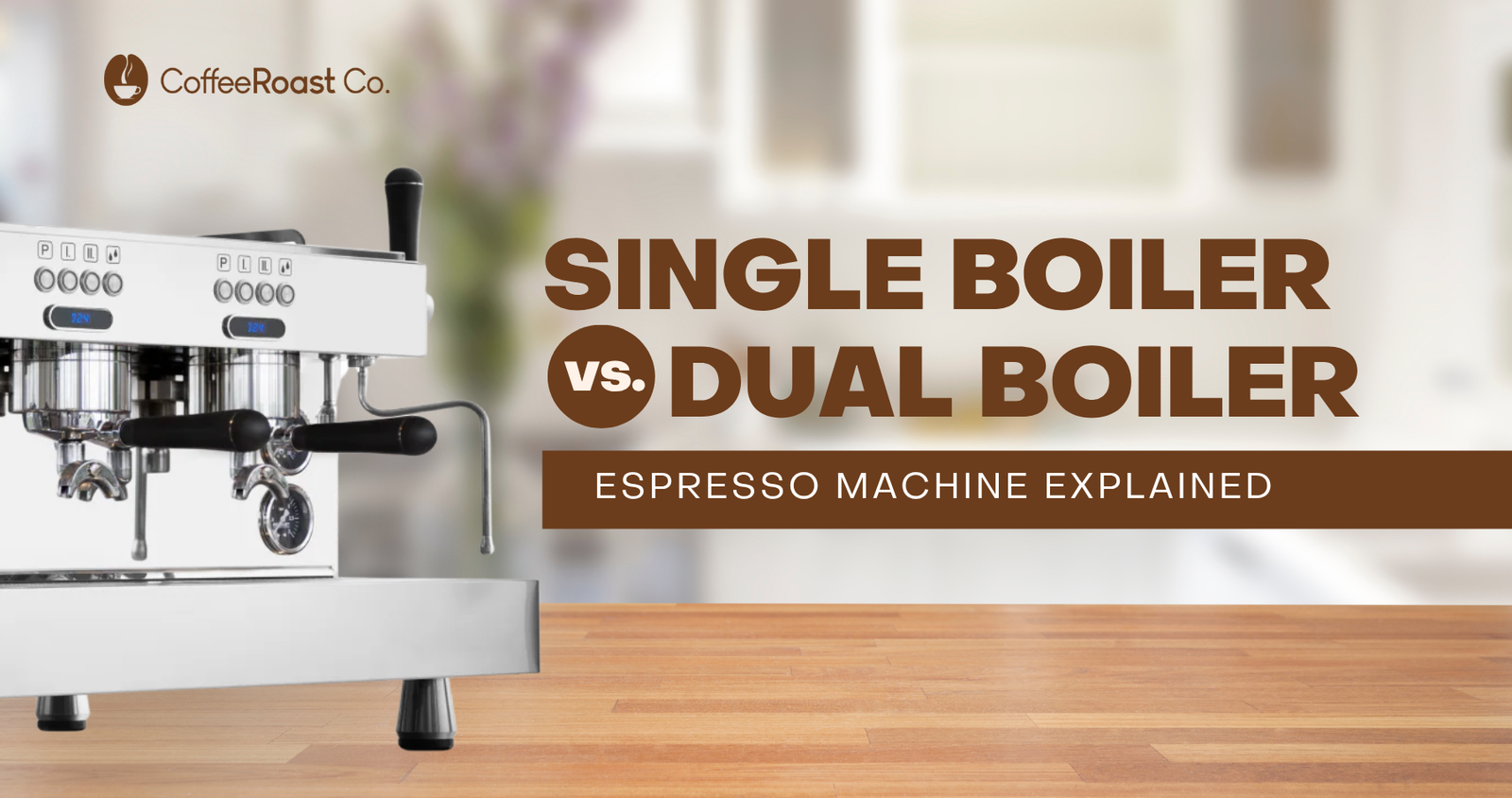

ecuenca973@gmail.com
February 13, 2024
None yet. I’m still shopping which model would fit my need, whether for home or commercial use.